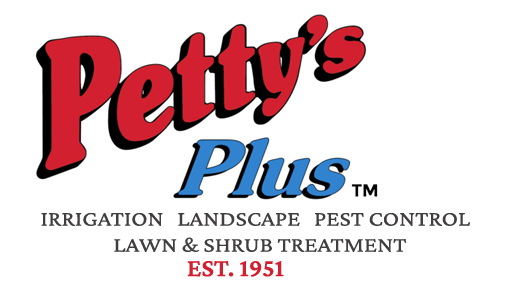Droppings
Recent rodent droppings are one way to be certain that rats or mice are present. New droppings are dark and moist. As droppings age, they dry out and become old and gray and easily crumble if touched.
Mouse droppings are small, less than one-quarter inch, and pointed on both ends. Rat droppings are half an inch or larger, and may or may not have pointed ends depending upon the type of rat.
Finding rodent droppings in or around your home normally means you have a severe infestation. Like tampered food packaging, the droppings are also a health hazard, as those droppings can spread diseases including hantavirus, salmonella, plague, and various fevers.
Odor
One of the first signs of a rodent infestation which comes to the attention of many homeowners is a pungent, musky odor throughout the home. Rodent urine has a strong musky odor, so in the case of large infestations, it’s hard to miss.
When rodents enter a home, they leave droppings and urine in their nest, but also elsewhere. And when a mouse or rat is about to die, it may move into remote corners to die alone, adding the smell of its hidden corpse.
Gnaw Marks or Holes
The teeth of mice and rats never stop growing, so they constantly gnaw on things to help wear them down.
In the attic, if you discover chewed or ripped-up insulation, this often means mice have been tearing it up to make their nest.
Gnawed mouse holes are small, about the size of a dime, and have even edges. Gnawed rat holes are large, about the size of a quarter, with rough edges.
Runways
Rats commonly follow odor trails and use the same paths (runways) as they travel to and from their food and water and their nests.
Rats and mice have grease in their fur that leaves marks on any wood or siding they contact. So, check walls and siding, especially on baseboards or near any holes, for any discolored areas that may have come from rodents.
Nests
Rodents use materials including shredded paper, fabric and dried plant parts to make their nests. They place these materials in places like boxes and cabinets – anywhere they feel is cozy and safe. Commonly also near food and water sources.
Noises
Listen to sounds in your house during the night. Scratching, gnawing or crawling in walls and cabinets can indicate the presence of rodents. If it’s an infestation, you may also hear squeaking sounds as the rats fight for prime nesting spots.
Odd Pet Behavior
Dogs and cats may appear unusually alert, bark or paw at spaces beneath appliances or low furniture.
This can be a result of the odor of the rodents and their nests and is most likely to occur when rodents have recently entered a house.
Tampered Food Packaging
In the colder months when food outdoors becomes more scarce, pests like rats and mice are naturally drawn to homes for the warmth and shelter they provide, as well as for any potential food. Once inside the house, rodents are known for breaking into sealed food containers using their powerful teeth, and ripping plastic bags open to get to the food stored within.
Inspect the packaging on all the food in your pantry for any holes or signs of chewing, especially bagged food items, and consider moving everything into thick, sealed containers to make it more difficult for them to gain access.
If any food packaging appears to have been tampered with by a rodent – throw it out!
Live Rats or Mice
If you see rodents at night, but never during the day, you may be able to control the small population of rats and mice using only baited traps. But if you are seeing any rodents during the day, or fresh droppings or new gnaw marks/holes, you’ll probably need professional assistance to deal with the large population of rodents you likely have in your house – both to remove them and to handle the cleanup afterward.
While there are a number of signs that might indicate an infestation, seeing a live rat or mouse in the home almost guarantees one. If you see a live rat or mouse in your home, it’s time to contact a licensed and certified pest control professional.
At Petty’s Irrigation, Landscape and Pest Control, we help people throughout East Texas with rodent issues. Contact us at 800-258-9184 or info@pettys.com and set an appointment today to keep your home safe and secure from the many problems a rodent infestation can bring.
